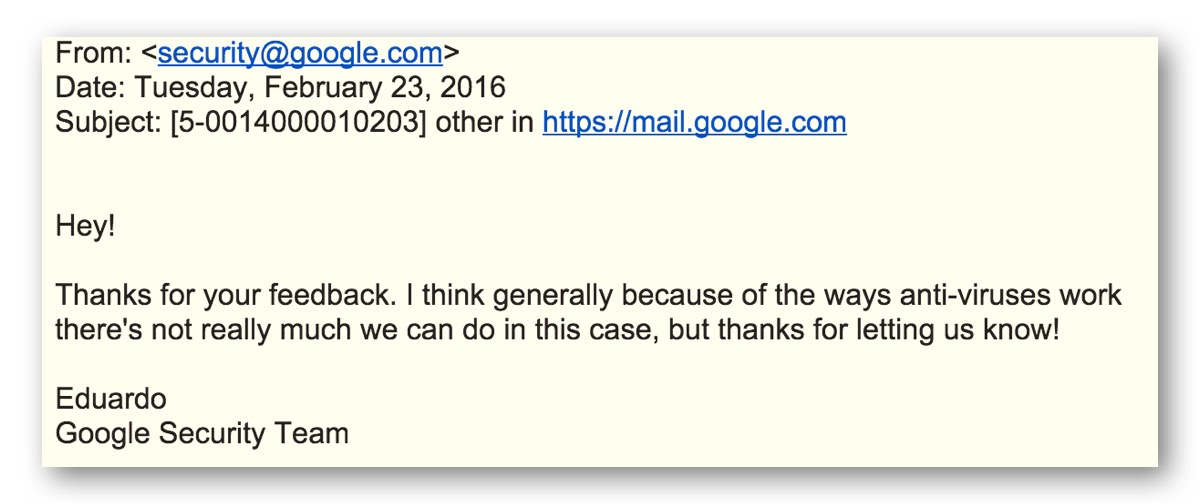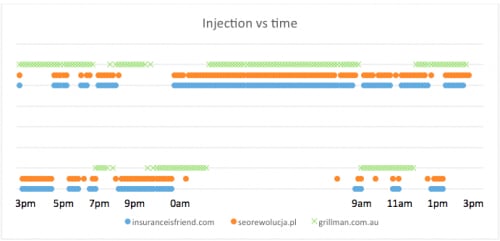Enigma 2017 Talk: Classifiers under Attack
Monday, March 6th, 2017The video for my Enigma 2017 talk, “Classifiers under Attack” is now posted:
The talk focuses on work with Weilin Xu and Yanjun Qi on automatically evading malware classifiers using techniques from genetic programming. (See EvadeML.org for more details and links to code and papers, although some of the work I talked about at Enigma has not yet been published.)
Enigma was an amazing conference – one of the most worthwhile, and definitely the most diverse security/privacy conference I’ve been to in my career, both in terms of where people were coming from (nearly exactly 50% from industry and 50% from academic/government/non-profits), intellectual variety (range of talks from systems and crypto to neuroscience, law, and journalism), and the demographics of the attendees and speakers (not to mention a way-cool stage setup).
The model of having speakers do on-line practice talks with their session was also very valuable (Enigma requires speakers to agree to do three on-line practice talks sessions before the conference, and from what I hear most speakers and sessions did cooperate with this, and it showed in the quality of the sessions) and something I hope other conference will be able to adopt. You actually end up with talks that fit with each other, build of things others present, and avoid unnecessary duplication, as well as, improving all the talks by themselves.







